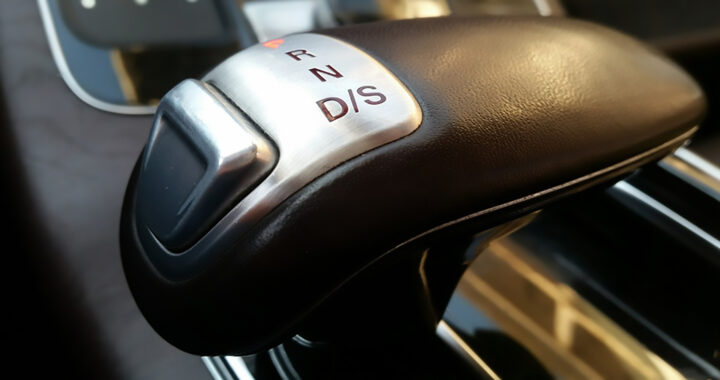There are two general types of transmissions used in automotive vehicles and other machines running on motors. These are manual transmission and automatic transmission. There are also more specific types of automatic transmission. Some even have some of the characteristics of a manual transmission.
Understanding the Different Types of Automatic Transmission
An automatic transmission is a multi-speed vehicle transmission that uses hydraulic controls to automatically change gears based on factors like engine speed and vehicle load. This eliminates the need for a driver to change the gear using a clutch and gear shifter. It has become a standard in most end-use motor vehicles beginning in the 1970s. Further developments in the technology have also brought forth numerous subsets or types of automatic transmission systems.
1. Traditional Automatic Transmission
A traditional automatic transmission or AT is the most common type of automatic transmission that automates the changing of gear rations while the vehicle moves or the engine is in forward operations. It is also known as self-shifting transmission and n-speed transmission. The benefits of using an AT center on providing drivers with freedom from using a clutch and gear shifter to change gears for a more distraction-free and comfortable driving experience. It also enables smooth and precise engine control. A vehicle with an AT is easier to use than a counterpart with a manual transmission system.
2. Semi-Automatic Transmission
Another type is called semi-automatic transmission. It is also known as an automated manual transmission or paddle-shift gearbox. Some calls it manumatic. The central operational principle involves the driver making gear changes similar to a manual transmission. However, instead of using a clutch and gear shifter to change gears, it makes use of a gear selector, such as a paddle shifter or button built within the steering wheel or a level built on the floor, and electronic components that include sensors, actuators, and processors to simulate manual driving while making gear changing precise and smooth.
3. Dual-Clutch Transmission
The dual-clutch transmission system or DCT is also a multi-speed transmission that does not have a torque converted and primarily involves using two separate clutches contained in a single housing and working as one unit for odd-numbered and even-numbered gear selection. This allows a seamless shift between higher and lower gears. It also does not have a clutch pedal. A computer operates both clutches. This features the ease of a traditional AT system with the performance of a manual transmission. It Is also called a twin-clutch transmission or a double-clutch transmission
4. Continuously Variable Transmission
A continuously variable transmission or CVT is technically considered another type of automatic transmission. However, because it does not use mechanical gears unlike both traditional AT system and manual transmission, some consider it a different transmission system. Nevertheless, instead of mechanical gears, it makes use of belts and pulleys to enable seamless gear shifting based on ratios and engine speed. The entire gear-shifting process is automated. Other implementations have paddle shifters. Some of the advantages of a CVT are its compact design and stepless acceleration.
5. Tiptronic Transmission
Porsche introduced the Tiptronic transmission system in the 1990s. Other manufacturers adopted the technology. This type of automatic transmission provides a driver with an option to drive in either automatic mode or manual mode. Hence, under automatic mode, it has no clutch and is operated by a computer, but when used in manual mode, it allows direct upshift or downshift gear selection using a paddle shift built behind the steering wheel or by using a gear lever. The general design and operational principles are similar to a semi-automatic transmission system but are differentiated by its dual-mode options.
